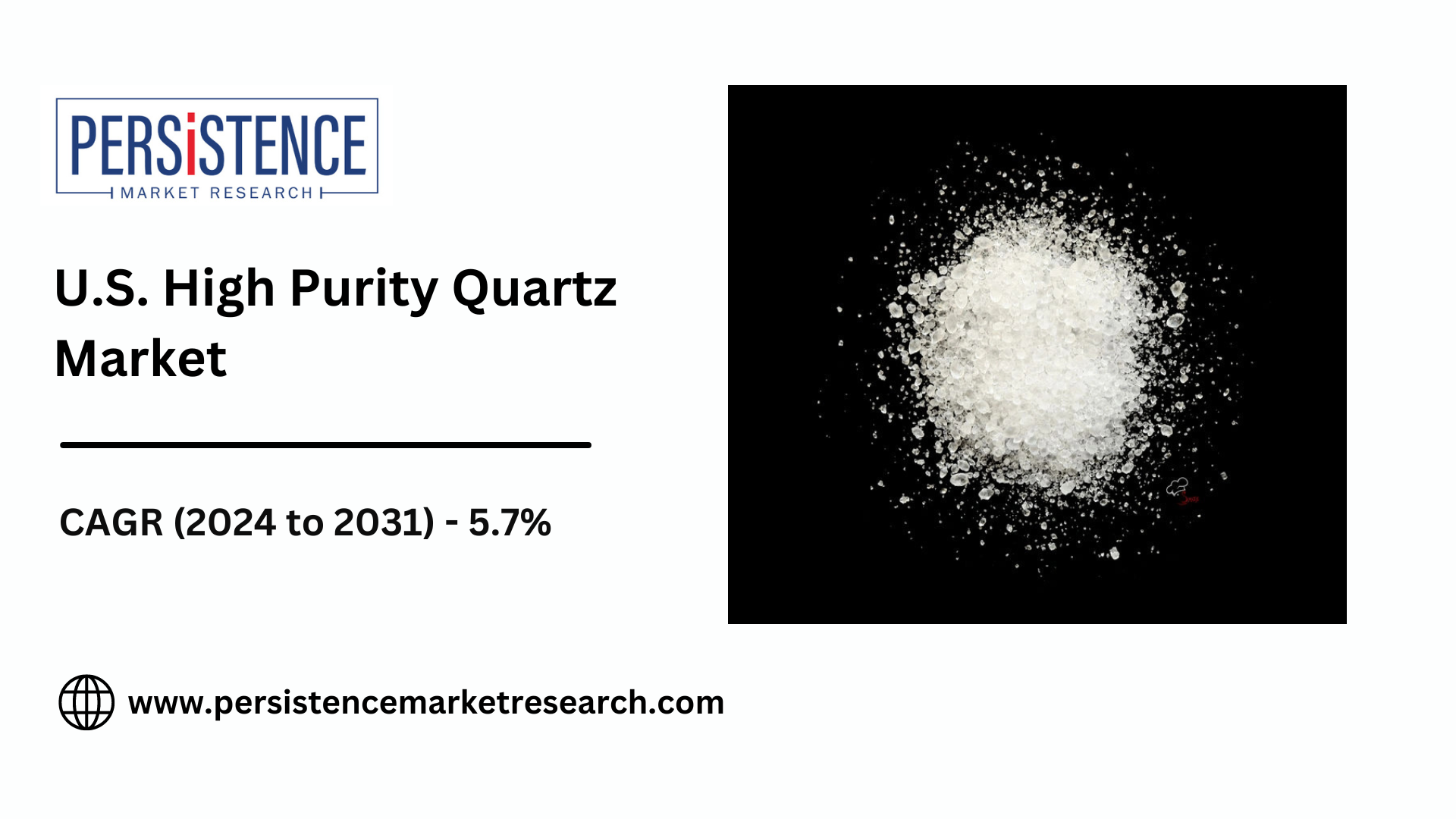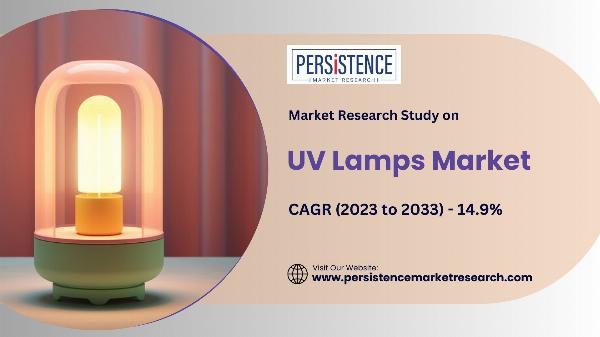 On-Page SEO Optimization – Fix Hidden Errors Killing Rankings!
On-Page SEO Optimization – Fix Hidden Errors Killing Rankings!
Investment Opportunities in Digital Temperature and Humidity Sensor Industry
Written by Pooja » Updated on: June 17th, 2025

The global digital temperature and humidity sensor market is poised for significant growth, with the market size expected to reach US$ 5.3 billion by 2032, up from US$ 2.6 billion in 2022. This expansion reflects a steady CAGR of 7.2% from 2022 to 2032. The rise in market value is driven by increasing adoption across various sectors, including healthcare, food & beverage, and textiles, where these sensors are essential for maintaining optimal conditions and ensuring product quality. The integration of these sensors into IoT devices and automation systems further fuels demand, emphasizing their role in real-time environmental monitoring and control.
Investment Opportunities in the Digital Temperature and Humidity Sensor Industry
The digital temperature and humidity sensor industry is experiencing robust growth, driven by advancements in technology and increasing demand across various sectors. For investors looking to capitalize on this expanding market, there are several key areas of opportunity. This article explores the investment prospects within the digital temperature and humidity sensor industry, highlighting sectors and trends that offer promising returns.
1. Technological Innovation and Development
Advanced Sensor Technologies: Investing in companies that are developing next-generation sensors with enhanced capabilities, such as higher accuracy, greater sensitivity, and improved power efficiency, presents significant opportunities. Innovations in sensor technology can lead to competitive advantages and open new market segments.
Miniaturization and Integration: Companies focused on miniaturizing sensors and integrating them into smaller devices or complex systems are well-positioned for growth. Investments in firms that offer innovative solutions for integrating sensors into wearables, smart appliances, and other compact devices can be lucrative.
IoT Integration: The integration of sensors with Internet of Things (IoT) technology is transforming the market. Investing in companies that provide IoT-enabled sensors, which offer real-time data collection, remote monitoring, and automated responses, can yield substantial returns. The growing demand for smart homes and industrial IoT applications supports this investment opportunity.
2. Consumer Electronics and Smart Home Technology
Wearable Devices: The surge in demand for wearable technology, including fitness trackers and smartwatches, creates investment opportunities in companies that develop sensors for these devices. As the market for wearables continues to grow, so does the need for advanced temperature and humidity sensors.
Smart Home Solutions: The expansion of the smart home market presents investment opportunities in companies that produce sensors for smart appliances, such as thermostats, air purifiers, and climate control systems. Investing in firms that innovate in smart home technology and offer integrated sensor solutions can be highly profitable.
3. Industrial Automation and Smart Manufacturing
Industry 4.0: The rise of Industry 4.0 and smart manufacturing is driving demand for advanced sensors. Investing in companies that provide sensors for industrial automation, predictive maintenance, and real-time process monitoring can be lucrative. These sensors are essential for optimizing manufacturing processes and improving operational efficiency.
Precision Manufacturing: Sectors such as semiconductor production and pharmaceuticals require precise environmental control. Companies that offer high-performance sensors tailored to these industries present attractive investment opportunities due to the stringent quality requirements and high-value applications.
4. Healthcare and Pharmaceuticals
Medical Device Monitoring: The healthcare sector relies on digital temperature and humidity sensors for monitoring medical devices and patient conditions. Investing in companies that develop sensors for healthcare applications, including remote patient monitoring and medical device integration, can offer significant returns.
Pharmaceutical Storage and Transportation: Ensuring proper storage conditions for temperature-sensitive medications is crucial. Companies that provide sensors for pharmaceutical storage and transportation, ensuring compliance with regulatory standards, are well-positioned for growth in this sector.
5. Environmental and Energy Management
Smart Grid Solutions: Investment opportunities exist in companies that develop sensors for smart grid applications. These sensors play a critical role in energy management, optimizing energy usage, and improving efficiency. As smart grid technology continues to advance, the demand for these sensors is expected to rise.
Sustainable Agriculture: The adoption of precision agriculture is driving demand for sensors that monitor soil conditions, temperature, and humidity. Investing in companies that offer sensor solutions for sustainable farming practices and agricultural productivity can be a profitable venture.
Building Management Systems: Companies providing sensors for building management systems, which optimize HVAC systems and energy usage, present investment opportunities. As building management systems become more sophisticated and energy-conscious, the demand for these sensors will grow.
6. Emerging Markets and Regional Expansion
Asia Pacific: Rapid industrialization and urbanization in the Asia Pacific region offer significant investment opportunities. Countries like China, India, and Japan are driving demand for advanced sensors across various sectors. Investing in companies with a strong presence or expansion plans in these regions can be advantageous.
Latin America and the Middle East: Emerging markets in Latin America and the Middle East are experiencing growth in infrastructure and industrial projects. Investment opportunities exist in companies that provide sensor solutions for these developing markets, where adoption of advanced technologies is increasing.
Africa: As technology adoption grows in Africa, investment opportunities arise in sectors such as agriculture, infrastructure, and smart city projects. Companies that offer digital temperature and humidity sensors tailored to the needs of these emerging markets are well-positioned for future growth.
7. Product Innovation and Customization
New Product Development: Investing in companies that focus on developing innovative sensor products, including those with enhanced features or unique applications, can provide substantial returns. Product innovation can lead to market differentiation and competitive advantages.
Customization and Integration Services: Companies that offer customized sensor solutions or integration services to meet specific industry needs present investment opportunities. Tailored sensor solutions can address unique challenges in various applications, creating a niche market for specialized products.
8. Mergers and Acquisitions
Strategic Acquisitions: Companies in the digital temperature and humidity sensor industry may pursue mergers and acquisitions to expand their capabilities, enter new markets, or enhance their technology portfolio. Investing in firms involved in strategic acquisitions can offer growth potential and increased market share.
Partnerships and Alliances: Partnerships and alliances between sensor manufacturers and technology providers can create new opportunities for growth. Investing in companies that engage in strategic collaborations to enhance their product offerings and market reach can be a valuable strategy.
Conclusion
The digital temperature and humidity sensor industry presents numerous investment opportunities driven by technological advancements, increasing demand in consumer electronics, industrial automation, healthcare, environmental management, and regional expansion. By focusing on innovative technologies, emerging markets, and strategic partnerships, investors can capitalize on the growth potential of this dynamic and evolving market. Understanding these opportunities and aligning investments with market trends will be key to achieving successful outcomes in the digital temperature and humidity sensor industry.
Note: IndiBlogHub features both user-submitted and editorial content. We do not verify third-party contributions. Read our Disclaimer and Privacy Policyfor details.
Related Posts
Copyright © 2019-2025 IndiBlogHub.com. All rights reserved. Hosted on DigitalOcean for fast, reliable performance.

















